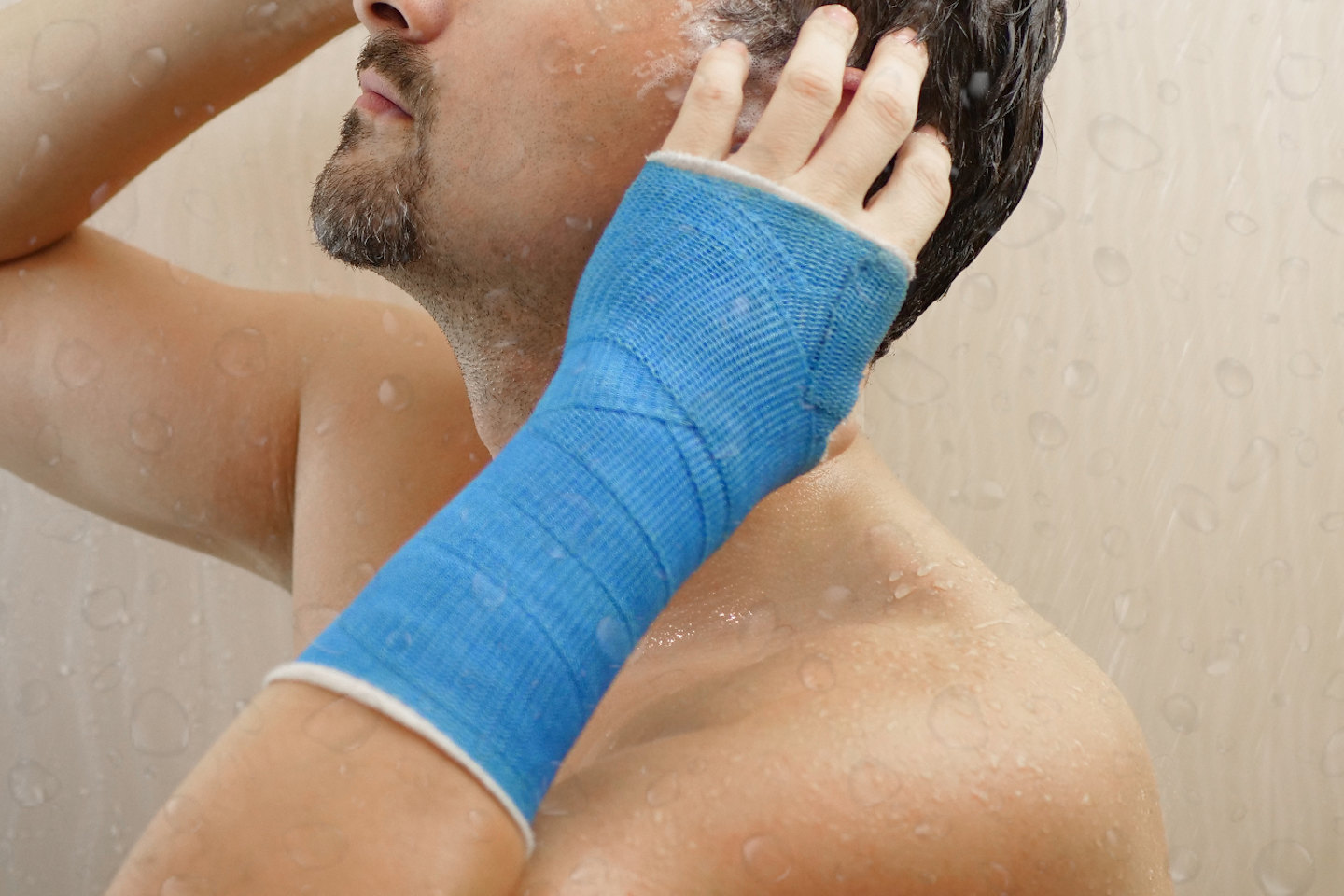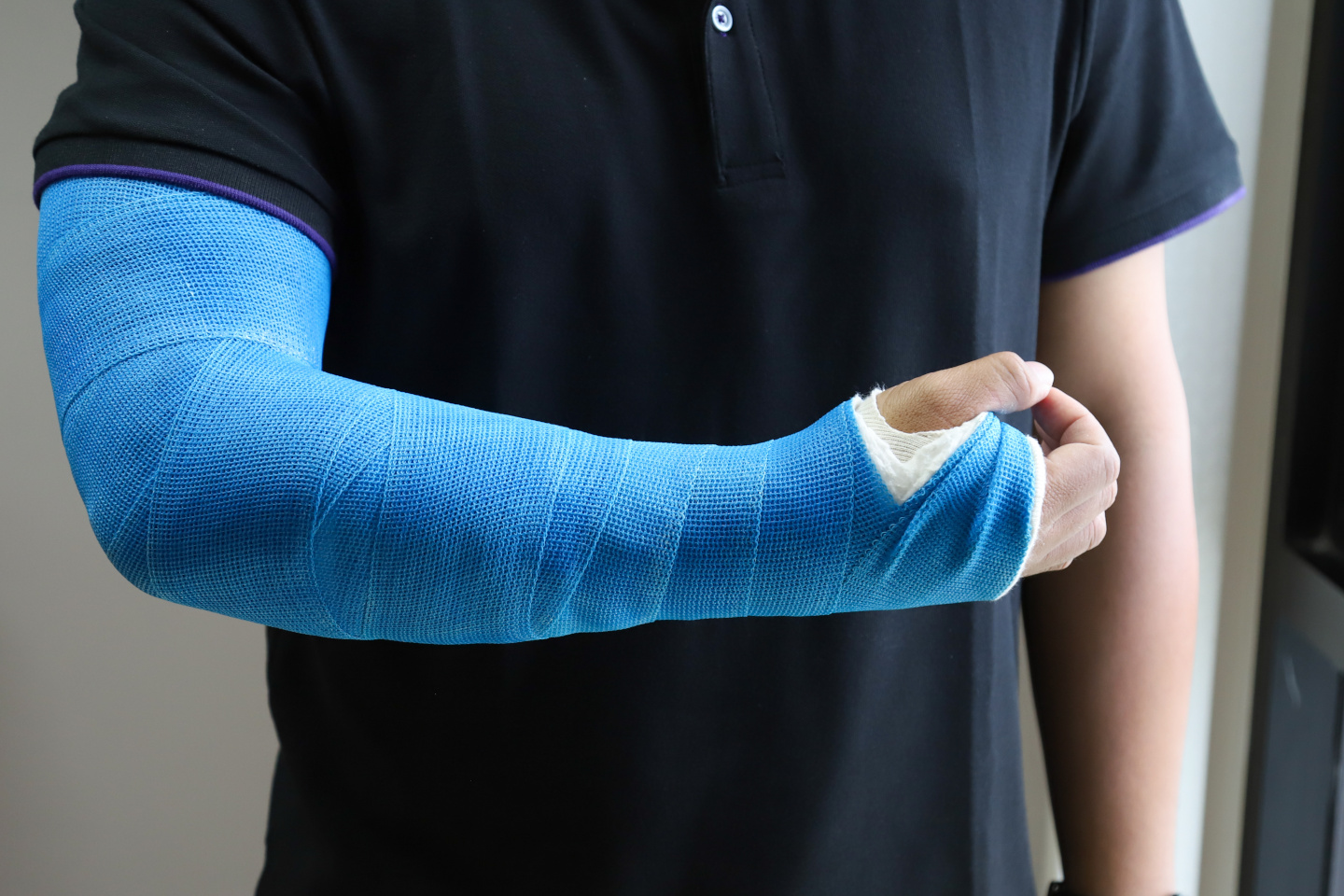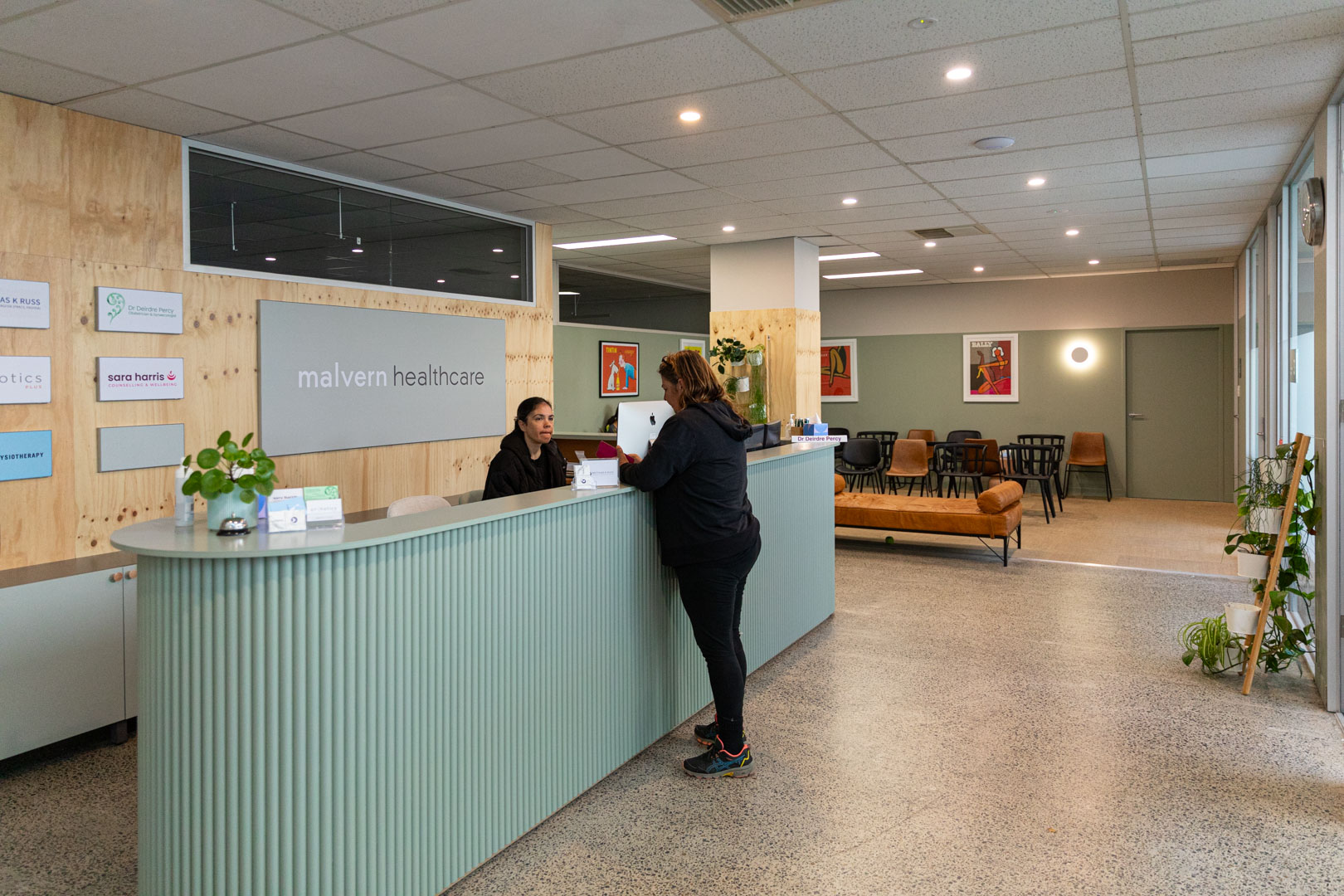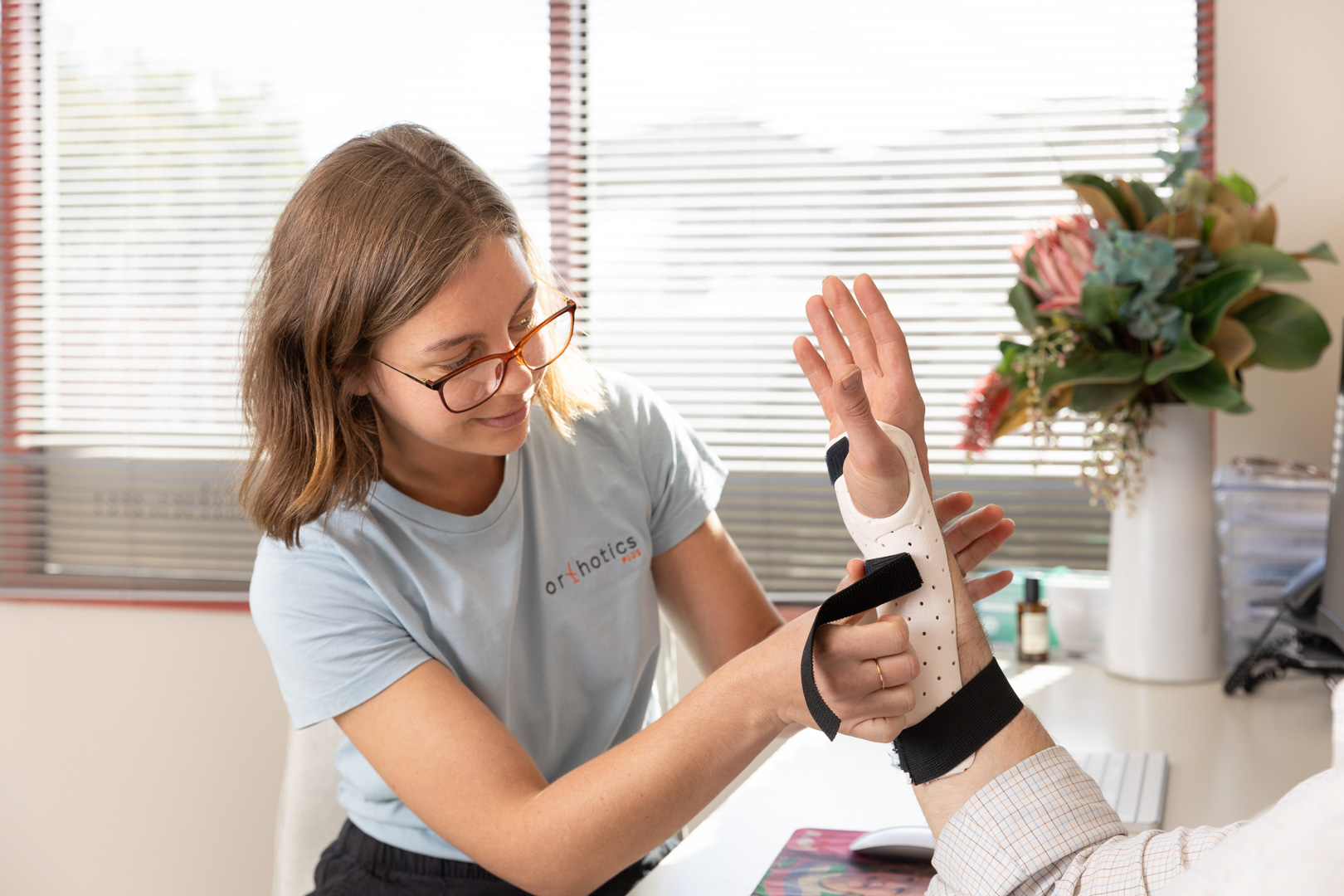Waterproof Casts for Broken Forearms
When treating broken forearms, waterproof casts offer a practical and convenient solution.
At Orthotics Plus, we’re committed to providing high-quality casting options that ensure both comfort and proper healing for our patients.
We professional waterproof casting for broken arms, available at our many clinic locations in Melbourne, Victoria.

Cast Fitting Process
Fitting a cast securely without causing discomfort involves:
- Using the appropriate amount of waterproof padding
- Avoiding excessive tension when applying the bandage to prevent pressure points.
- Ensuring the cast extends slightly into the hand while allowing fingers to move freely. This creates the necessary immobilisation for proper healing.

Managing Swelling for Forearm Waterproof Casts
Swelling is a common concern when casting for a broken forearm.
To address this, casting is typically delayed for 7-10 days after the injury to allow swelling to subside.
Patients are also advised about potential volume changes in the forearm. If swelling significantly decreases, the cast may need replacement to maintain proper fit and support.
Our experienced team will guide you as needed.

Follow-Up and Duration of Use
The general guidelines are:
- Waterproof casts are generally worn for 4-6 weeks, depending on the fracture’s severity and the healing process, as guided by the orthopedic surgeon/GP
- Patients may require a brief follow-up for cast removal, which typically takes only 15 minutes
You are welcome to phone us in-between appointments for any reason!

Advancements in Waterproof Casting Materials
Over the past decade, materials used in waterproof casting have improved.
The under-cast padding is now more elasticised, allowing it to contour more closely to the shape of the arm without folds or discomfort. Similarly, modern fibreglass materials have enhanced elasticity, enabling better moulding and a more secure fit.
Waterproof casts offer patients the convenience of maintaining daily activities, such as showering, while still immobilising the broken forearm.
At Orthotics Plus, we focus on making sure you’re comfortable and that your healing goes as smoothly as possible with the latest casting techniques and materials. If you have any questions or need help with your waterproof cast, don’t hesitate to reach out — we’re here to assist you.

Position of the Forearm During Casting
The position of the forearm during casting depends on the type and severity of the fracture:
- Minor Fractures: For minor fractures, such as a buckle fracture in children, the forearm is usually positioned in a neutral position. This means the wrist is neither flexed up nor down, with fingers and thumbs left free.
- Severe Fractures: For more severe fractures or those closer to the elbow, the casting may extend above the elbow to prevent rotation. This immobilises both the wrist and elbow joints, which is essential for proper healing
Forearm fractures occur between the wrist and the elbow. Commonly, people refer to forearm fractures as broken arms, but most cases involve distal radius fractures or scaphoid fractures closer to the wrist.
Mid-shaft fractures of the radius and ulna are rare and often require surgical intervention.

Are Waterproof Casts Heavier Than Traditional Casts?
No. Waterproof casts are made from synthetics, which is lighter than traditional plaster casts.
The weight of a waterproof cast is similar to a non-waterproof cast, providing patients with a lightweight and durable option.

Contact Our University Trained, Experienced Clinicians
We look forward to supporting your fracture management. Please note that:
- Our Orthotists & Podiatrists are tertiary qualified professionals
- Our senior clinicians have over 10 years of clinical experience
- We provide detailed explanations and follow-up support
- We work collaboratively with your healthcare team
To start with Orthotics Plus, please use one of the buttons below.
